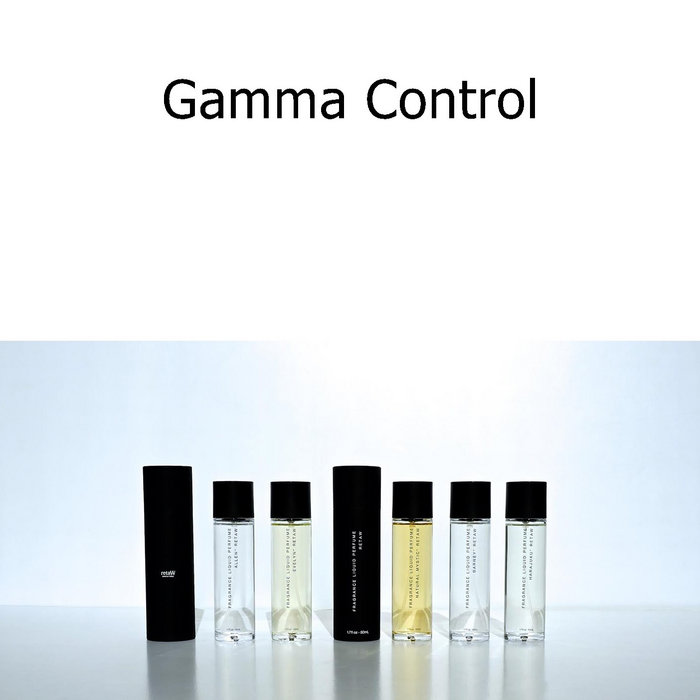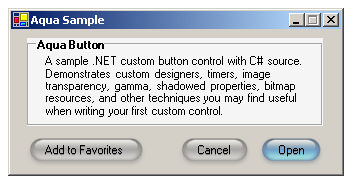Black Light and Gamma Control on the Mac App Store
- Gamma Control Mac Os X 10.7
- Gamma Control Mac Os Xp
- Gamma Control Mac Os X 10.10
- Gamma Control Mac Os X 10.13
Time flies. I published my first OS X app 12 years ago. That was for Mac OS X Public Beta in year 2001. At the time, I wasn’t satisfied with the default gamma setting of OS X on my orange clamshell iBook, and thus came the first version of Gamma Control.
There are times when your Mac may misbehave and refuse to boot into OS X. You may get a sad Mac face, an audible beep, or another ailment keeping your Mac from properly booting. Other user interface elements in MacOS and Mac OS X change quite a bit too. Here’s what the Finder and menu bars look like with the default contrast setting: And here’s what the same desktop shot of the Mac looks like in Yosemite after the Increased Contrast option is enabled, notice the fonts are darker, sharper, the menu bar is no longer. Gamma Control lets you balance the screen’s colors with the ambiant light. If the screen looks too blueish or is otherwise clashing with its surroundings, adjust the white point to better match the the environnement and lighting.
Black Light and Gamma Control on the Mac App Store. I published my first OS X app 12 years ago. That was for Mac OS X Public Beta in year 2001. At the time, I wasn’t satisfied with the default gamma setting of OS X on my orange clamshell iBook, and thus came the first version of Gamma Control. Trusted Mac download Gamma Control 6.3.2. Virus-free and 100% clean download. Get Gamma Control alternative downloads.
Gamma Control Mac Os X 10.7
After the official release of OS X, I got a couple requests for improvements and new features, which brought version 2 of Gamma Control and a newcomer: Black Light. It was fun to do them, and not too time consuming to maintain them so I did.
To tell the truth, I’ve never used much neither of these apps since OS X 10.0 came out, even though I’ve been maintaining them all this time. And I’ll admit I’ve been maintaining them a little less than I should have been in the past few years. Perhaps giving those two apps for free has something to do with that.
Today I’m releasing version 3.1 of Gamma Control, which fixes a long standing bug where the gamma correction was applied at times it shouldn’t and makes the color targets friendlier to Retina displays. I’m also releasing Black Light 1.8 with an option to disable the effect when a screensaver starts. Both of these apps are now available on the Mac App Store for $5.99.
Previous versions are still available for free, mainly as a convenience for those with pre-10.6 OS X. I’m not going to hide them very far and they are still working with current OS X. But if you are using Black Light and Gamma Control, please consider purchasing them. That will keep me motivated to continue adjusting them as OS X evolves, and the Mac App Store will keep the apps updated for you.
- Gamma Control on the Mac App Store
- Black Light on the Mac App Store
Calibrating an LCD display in Mac OS X
The following tutorial describes the process of calibrating an Apple LCD display using the Apple built-in Display Calibrator Assistant Utility. Before beginning the process of calibrating your LCD display and to make it easier for yourself I recommend that you use a mid grey desktop background. You can change back to your favourite background image/color when the calibration process is completed.
From Mac OS X System Preferences panel open theDisplays applet
Ensure you display is set to the Native resolution (LCD's should always be set to the native resolution otherwise images will appear soft)
Ensure Colors is set to Millions
Set the Brightness slider to your preferred value (the Apple default is approximately 60%, although a slightly brighter level might be necessary on aging displays).
Note: the screenshots used in this tutorial are based on the version of Display Calibrator Assistant that shipped with Mac OSX 10.4 (Tiger), but they should still be valid for later versions.
Figure 1
Choose the Color tab
Search the list of Display Profiles for one that matches your display and select it. In truth this step shouldn't be required since the calibration utility automatically picks up the necessary data from the display via the DVI/ADC connector.
Press the Calibrate button.
Figure 2
Note: if after calibrating your display you find that it appears to revert to the uncalibrated state then repeat the step outlined above but this time select the new calibration profile. Very often this problem arises after the computer wakes from sleep mode and is especially prevalent with the MacBook and MacBook Pro range. It's actually a bug in the Operating System that for one reason or another Apple seems unable or unwilling to fix.
Expert Modeshould be selected so that all the available settings can be adjusted.
Figure 3
Determine the Native Gamma of the Display
The checklist down the left side of the Display Calibrator Assistant dialog is only a guide and not all steps will be applicable to all display types. The following screenshot shows the first of five steps used to determine the native gamma of the display. This arrangement is an improvement on the old scheme used by Apple and was developed because they recognised the difficulty many users had in adjusting the blue channel gamma. In each step you will be adjusting the Brightness and Tint thus obtaining much finer control of the gamma curves.
Begin by adjusting the Brightness slider (1) vertically so that the apple symbol blends with the background.
Next using the Tint slider (2) trim out any color imbalance that may be present. You may need to readjust the left hand brightness slider a little more after this step.
It's helpful to squint when trying to blend the inner and outer shapes.

Step 1 - Native Gamma - Brightness and Tint Adjustment
The remaining four steps are basically a repeat of the first but effect other parts of the gamma curve. You should follow the instructions given by Apple in the dialogs.
Step 2 - Fine-tuning the Mid-tone Response
Step 3 - Fine-tuning the 3/4-tone Response
Setting the Target Gamma
Once the native gamma has been determined it only remains for you to decide on your preferred target Gamma. For many years the standard gamma setting for Macs was 1.8. Compared to gamma 2.2 a setting of 1.8 will appear quite bright. In other words gamma 2.2 will appear darker and more contrasty than what many long time Mac users are used to. If you don't have a need (or love affair) with gamma 1.8 I recommend that you choose gamma 2.2. The majority of displays (CRT and LCD) will have a Native gamma somewhere between 2.0 and 2.2 so choosing a lesser value requires a fair amount of adjustment on the part of the graphics card LUT, and will tend to cause banding or posterisation.

Figure 4 - Setting the Target Gamma
Choosing the White Point

High-end LCD's such as those from Apple tend to be factory set to a value of around 6500oK (i.e. their Native White Point is 6500oK) and so it only remains for the user to check the box labeled Use native white point. However, it is worth mentioning that as the display ages the backlight will slowly begin to discolor. At time of writing (2007) this tutorial my display is measuring around 6350oK which is well within the margin of error when using the human eye as a measuring device (see footnote).
Figure 5 - Typical LCD White Point Setting
Gamma Control Mac Os Xp
Naming and Saving the Display Profile
The final step requires that you give the display profile a name. Pressing the Create button will crate the new display profile and saves it to the appropriate folder for use by the system. Photoshop will automatically read and use this display profile until it is superseded or deleted.
Figure 6 - Name and Save the Profile
Gamma Control Mac Os X 10.10
Figure 7 - Summary of calibration results
Whilst this tutorial used the Apple Display Calibrator Utility many have found a small shareware application called SuperCal to be much better. I haven't used it but have been told by readers of this site that it delivers superior results to Apple's Display Calibrator.
Footnote:
Gamma Control Mac Os X 10.13
Visual display calibration can get you in the right ballpark, but it comes a very poor second to proper hardware based calibration. This is especially true as the display ages. Many who make the transition find the difference between software only and hardware based systems to be quite significant, and the initial cash outlay for the hardware is quickly recovered through a reduction in poor screen-to-print matches. The following hardware based solutions are worth investigating: Datacolor Spyder3PRO and X-rite Photo i1-Display 2.
